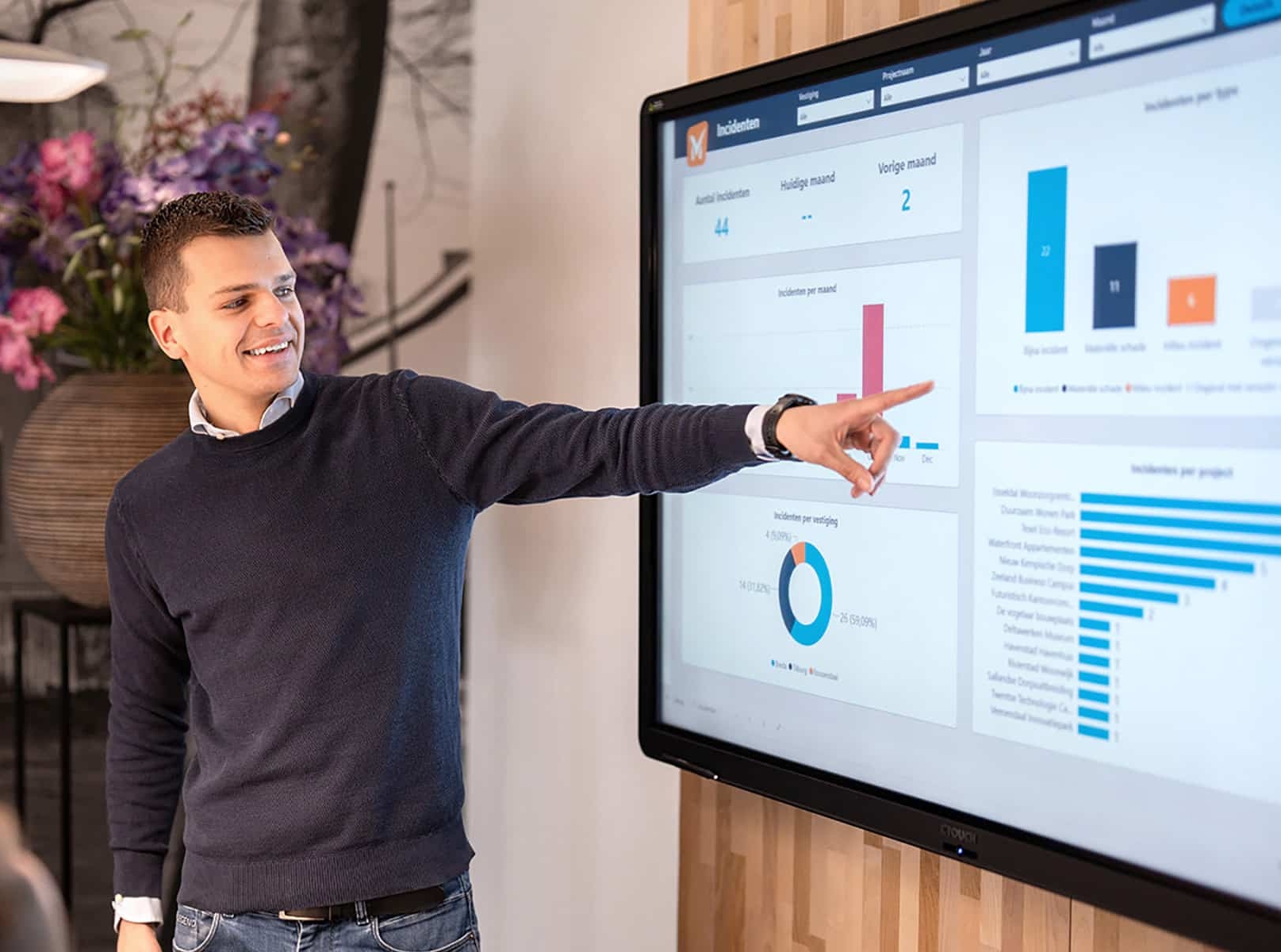
Lean Administration: Less hassle, more overview
Do you also run into unnecessary paperwork, duplicate entries or errors in your organization that need to be fixed again and again? You’re not the only one. Many administrative processes are full of waste – without us always realizing it. Fortunately, it doesn’t have to stay that way. By cleverly applying the Lean principles, familiar from production, to your administration and information flows, you can make surprising gains. Less frustration, more quality and time for more important work. In this blog you can read how to achieve this.
What is Lean administration?
Lean is all about eliminating waste and streamlining processes. This applies not only to production environments, but also to administrative processes. Wastes such as unnecessary operations, waiting times and error corrections create inefficiencies. Applying Lean principles ensures that information is available faster, more accurately and without unnecessary intermediate steps.
“The most dangerous form of waste is the waste we don’t recognize.”
– Shigeo Shingo, Japanese industrial engineer and Lean expert.
Case study: From four days to two hours
A manufacturing company in the Netherlands, part of a multinational corporation, had a monthly reporting process that took four full working days. This was because data from various Excel and Word files were collected and processed manually.
The administrative department struggled with:
- Six different Excel files with mostly the same information.
- Manual acquisition of data, which was error-prone.
- Inconsistent use of codes between departments.
- Input errors that only came to light weeks later.
By mapping the value stream and eliminating unnecessary steps, the administration was drastically improved. The process was automated with a digital form, allowing data to be recorded correctly and centrally immediately. The result? Monthly reporting was now completed within two hours.
The 5 Lean Principles Applied to Administration
To make an administration more efficient, we apply the five core principles of Lean:
- Identify value
Determine what information really adds value and eliminate redundancy. For example: Should a financial report always include all historical data, or is only the most recent information relevant?
- Mapping the value stream
Analyze how information flows within your organization and where delays occur.
Common wastes in administration are:
- Double entry: enter the same data manually multiple times.
- Waiting for information: Unnecessary delays due to inefficient work processes.
- Unnecessary complexity: Redundant validations or administrative actions.
By applying workflow management, you automate information flows and avoid making employees wait for each other.
- Creating Flow
Minimizing waste means keeping information flowing smoothly and without interruptions. This can be done by:
- Implement a centralized data management system.
- Use cloud solutions for instant access to documents.
- Set up automatic approval processes.
- Implementing Pull System
Instead of distributing all information by default, ensure that employees receive only the information they need at that moment. This prevents data overload and makes decision-making more efficient.
- Striving for perfection: continuous improvement
Lean is an ongoing process. Regular analysis and improvement keeps administrative processes optimized. One proven technique is Poka Yoke, or “error prevention at the source. Consider:
- Validation forms that check input directly.
- Automatic alerts for incorrect or missing data.
How LeanForms helps
At LeanForms, we help organizations digitize and optimize administrative processes. Our smart forms and workflow solutions eliminate waste and make information management more efficient.
Wondering how LeanForms can streamline your administration? Request a no-obligation demo today and discover the benefits of Lean administration!
Want to know more? Get in touch
Do you have questions or are you curious how LeanForms can support your organization? We are ready to answer all your questions! Get instant specialized advice on the best solution for your specific situation.
Related items

Advanced workflows step by step
Digitization does not stop at replacing paper forms with a digital alternative. The real gain comes when processes become smarter. Workflows play a key role in this: By setting up digital forms intelligently, the system automatically streamlines the follow-up based on the answers. This gives your organization grip, speed and peace of mind and makes digitization work for you.

Guide to optimizing processes
Process optimization as a continuous improvement process. Process optimization is a continuous improvement process that not every organization is proactively working on yet.

RI&E: From obligation to dynamic tool
Preparing a risk inventory and evaluation (RI&E) has been a legal requirement for some time, but despite this, many companies struggle to set up their RI&E correctly.

The digital workplace, organizing with 5S
One of the methods within LEAN is the 5S Workplace Inspections, better known as 5S. It is often used to establish and maintain a tidy and orderly physical workplace.
